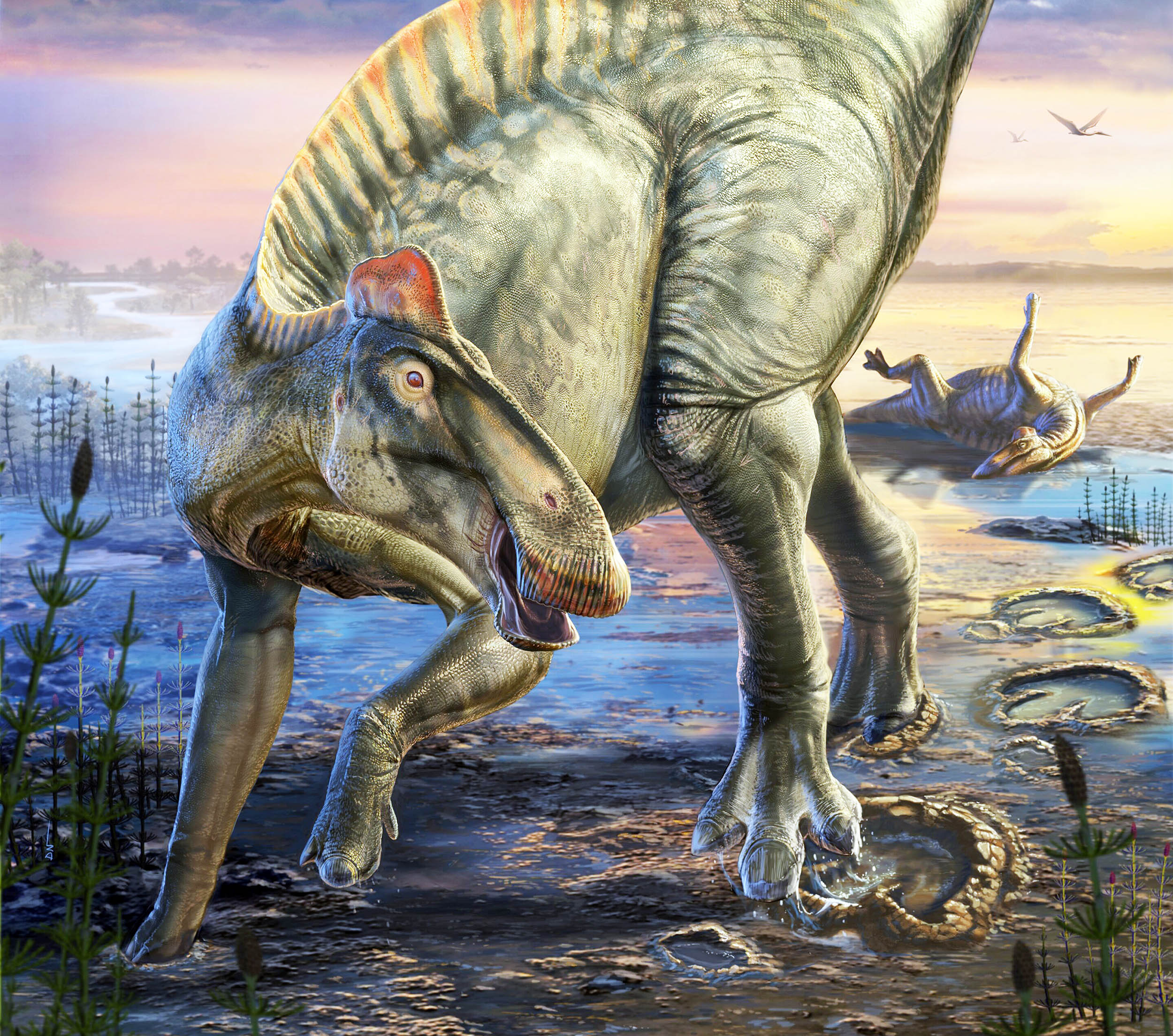In a groundbreaking discovery, researchers from Harvard University and the Smithsonian Museum Conservation Institute have uncovered ancient proteins hidden in fossilized teeth, offering a deeper glimpse into the lives and evolutionary history of extinct animals. Published in the renowned journal Nature, their study reveals how proteins, long considered too fragile to survive millions of years, are preserved within the enamel of ancient teeth. This discovery stretches the boundaries of molecular preservation, offering new insights into paleobiology and the ancient ecosystems of long-extinct mammals.
The Hidden Secrets of Fossilized Teeth: Unveiling Ancient Proteins
Fossilized teeth have long been prized by paleontologists for the invaluable clues they provide about the past. From their wear patterns, researchers can infer the diet of ancient species, while the structure of their enamel offers insights into their environments. However, a recent revelation has taken this to new heights. For the first time, scientists have identified proteins preserved in fossilized enamel, some dating back as far as 18 million years. These proteins, preserved with remarkable detail, allow researchers to study ancient biological traits far beyond what was previously possible with traditional methods.
In their recently published study in Nature, the researchers describe how they used advanced proteomics techniques to identify peptide fragments—chains of amino acids that form proteins—within the enamel of ancient mammal teeth. The fossils in question, belonging to species such as early elephants and rhinoceroses, were recovered from Kenya’s Rift Valley, one of the richest paleontological sites in the world. According to Daniel Green, field program director in the Department of Human Evolutionary Biology at Harvard University and the study’s lead author, “Teeth are rocks in our mouths. They’re the hardest structures that any animals make, so you can find a tooth that is a hundred or a hundred million years old, and it will contain a geochemical record of the life of the animal.”
Breaking New Ground in Protein Preservation
The study’s findings challenge conventional wisdom about protein preservation. For decades, it was believed that proteins could not survive the passage of millions of years, as they tend to degrade over time. However, this research has proven otherwise, revealing that proteins can indeed be preserved in tooth enamel—the hardest tissue in the body. “In the past, we thought that mature enamel, the hardest part of teeth, should really have very few proteins in it at all,” said Green. The breakthrough came with the application of liquid chromatography tandem mass spectrometry (LC-MS/MS), a cutting-edge proteomics technique.
Kevin T. Uno, a co-author of the study and associate professor in Harvard’s Department of Human Evolutionary Biology, elaborates on the power of this new method: “The technique involves several stages where peptides are separated based on their size or chemistry so that they can be sequentially analyzed at higher resolutions than was possible with previous methods.” This enabled the team to uncover a “great diversity of proteins… in different biological tissues,” some of which had never been observed before in such ancient samples.
Peptide Fragments: A Window into Ancient Life
What makes this discovery even more astounding is the sheer age of the preserved peptides. Prior to this study, the oldest known peptide sequences were only about 3.5 million years old. The new findings push the boundaries of this knowledge by five to six times, uncovering peptide fragments from fossil teeth that are 18 million years old. “Nobody’s ever found peptide fragments that are this old before,” Green exclaimed. “The results were kind of shocking.”
The fossils, which are primarily from ancient herbivorous mammals like early elephants and rhinoceroses, provided researchers with thick layers of enamel to work with. According to Green, “They can have enamel two to three millimeters thick. It was a lot of material to work with.” This thick enamel was key to preserving the peptides for millions of years, and now, scientists can use these preserved proteins to study the evolutionary history and physiology of ancient creatures.
Expanding the Horizons of Paleobiology
This discovery opens up new possibilities in the field of paleobiology, a branch of science that seeks to understand ancient life forms. Previously, the focus was largely on bones and skeletal remains. However, this new approach allows scientists to examine the molecular makeup of ancient organisms, providing an unprecedented level of detail about their physiology and evolutionary relationships. The study’s co-authors, including Emmanuel K. Ndiema of the National Museum of Kenya, highlight that this research “opens new frontiers in paleobiology, allowing scientists to go beyond bones and morphology to reconstruct the molecular and physiological traits of extinct animals and hominins.”
By analyzing the proteins, scientists can make inferences about dietary adaptations, disease profiles, and even age at death. This is crucial for understanding the life history of extinct animals, which was once nearly impossible to reconstruct. Moreover, by comparing these ancient proteins with those of modern species, researchers can establish evolutionary links between long-extinct animals and their living relatives, shedding light on how modern species evolved.
A New Era of Molecular Evolution
Incorporating proteomics into paleontology could lead to groundbreaking revelations in evolutionary biology. The ability to extract proteins from ancient teeth is akin to extracting DNA from fossils, allowing scientists to create a phylogenetic tree for extinct species. “Even if an animal is completely extinct – and we have some animals that we analyze in our study who have no living descendants – you can still, in theory, extract proteins from their teeth and try to place them on a phylogenetic tree,” said Green.
This technique not only helps fill in gaps in our understanding of extinct creatures but also offers a fresh perspective on how to study evolutionary relationships among ancient animals. By identifying proteins from extinct species, researchers hope to resolve longstanding debates within the scientific community regarding the evolutionary lineages of certain mammals.
Source link

